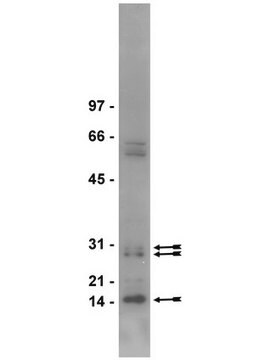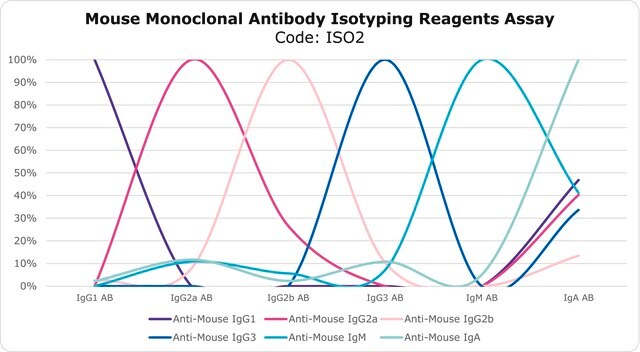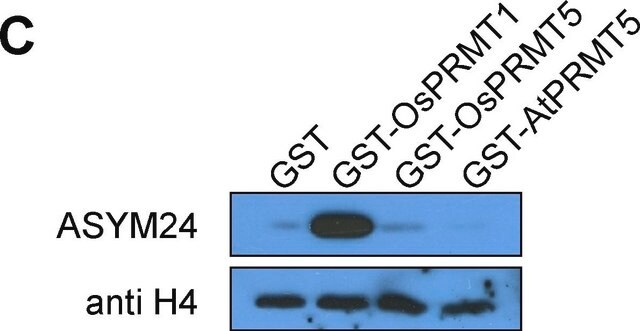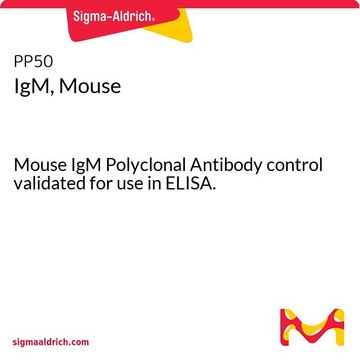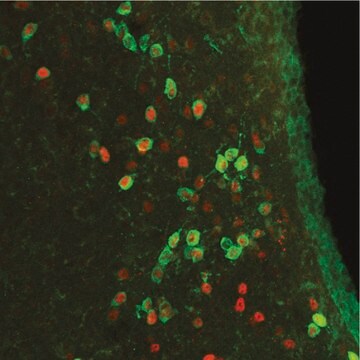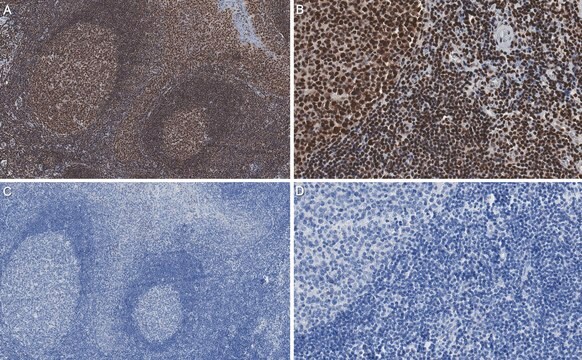Recommended Products
biological source
mouse
Quality Level
conjugate
unconjugated
antibody form
purified antibody
antibody product type
primary antibodies
clone
Y12, monoclonal
mol wt
calculated mol wt 25 kDa
observed mol wt ~25 kDa
purified by
using protein G
species reactivity
human, mouse
packaging
antibody small pack of 100 μL
1 of 4
This Item | MABC1702 | MABF2771 | MABF2800 |
|---|---|---|---|
| antibody form purified antibody | antibody form purified antibody | antibody form purified antibody | antibody form purified antibody |
| conjugate unconjugated | conjugate unconjugated | conjugate unconjugated | conjugate unconjugated |
| species reactivity human, mouse | species reactivity human | species reactivity mouse | species reactivity Epstein-Barr virus |
| clone Y12, monoclonal | clone 6A9.9.11, monoclonal | clone 9D11, monoclonal | clone 1H4, monoclonal |
| UniProt accession no. | UniProt accession no. | UniProt accession no. | UniProt accession no. |
General description
Specificity
Immunogen
Application
Evaluated by Western Blotting in HCT116 cell lysate.
Western Blotting Analysis: A 1:500 dilution of this antibody detected Smith Antigen in HCT116 cell lysate.
Tested Applications
Western Blotting Analysis: A 1:500 dilution from a representative lot detected Smith Antigen in Caco-2 cell lysate.
Immunocytochemistry Analysis: A representative lot detected Smith Antigen in Immunocytochemistry (dos Santos, N.R. et al. (1997). Hum Mol Genet. 6(9): 1549-58).
Western Blotting Analysis: A representative lot detected Smith Antigen in Western Blotting applications (Naro, C. et al. (2019). Cell Rep. 26(11): 2929-2941; Somarelli, J.A., et al. (2011). Lupus. 20(3): 274-89; Brahms, H. et al. (2000). J Biol Chem. 275(22): 17122-9).
RNA Binding Protein Immunoprecipitation (RIP): A representative lot detected Smith Antigen in RNA Binding Protein Immunoprecipitation applications (Naro, C. et al. (2019). Cell Rep. 26(11):2929-2941).
Immunohistochemistry (Paraffin) Analysis: A 1:250 dilution from a representative lot detected Smith Antigen in human tonsil tissue sections.
ELISA Analysis: A representative lot detected Smith Antigen in ELISA applications (Zhou, Y, et al. (2017). J Immunol. 198(5):1846-1854).
Immunohistochemistry Applications: A representative lot detected Smith Antigen in Immunohistochemistry applications (Mirra, A., et al. (2017). Sci Rep. 7(1):2033).
Immunoprecipitation Analysis: A representative lot immunoprecipitated Smith Antigen in Immunoprecipitation applications (Learner, E.A., et al. (1981). Proc Natl Acad Sci USA. 78(5):2737-41; Naro, C. et al. (2019). Cell Rep. 26(11): 2929-2941; Mirra, A., et al. (2017). Sci Rep.;7(1): 2033; Fischer, U. et al. (1997). Cell. 90(6):1023-9).
Radioimmunoassay: A representative lot detected Smith Antigen in Radioimmunoassay applications (Learner, E.A., et al. (1981). Proc Natl Acad Sci USA.;78(5):2737-41).
Immunofluorescence Analysis: A representative lot detected Smith Antigen in Immunofluorescence applications (Learner, E.A., et al. (1981). Proc Natl Acad Sci USA.78(5):2737-41; Mirra, A., et al. (2017). Sci Rep. 7(1):2033).
Note: Actual optimal working dilutions must be determined by end user as specimens, and experimental conditions may vary with the end user
Physical form
Storage and Stability
Other Notes
Disclaimer
Not finding the right product?
Try our Product Selector Tool.
Storage Class Code
12 - Non Combustible Liquids
WGK
WGK 1
Flash Point(F)
Not applicable
Flash Point(C)
Not applicable
Certificates of Analysis (COA)
Search for Certificates of Analysis (COA) by entering the products Lot/Batch Number. Lot and Batch Numbers can be found on a product’s label following the words ‘Lot’ or ‘Batch’.
Already Own This Product?
Find documentation for the products that you have recently purchased in the Document Library.
Our team of scientists has experience in all areas of research including Life Science, Material Science, Chemical Synthesis, Chromatography, Analytical and many others.
Contact Technical Service